Circa 2019
Could molten salt reactors might just turn nuclear power into the greenest energy source on the planet?
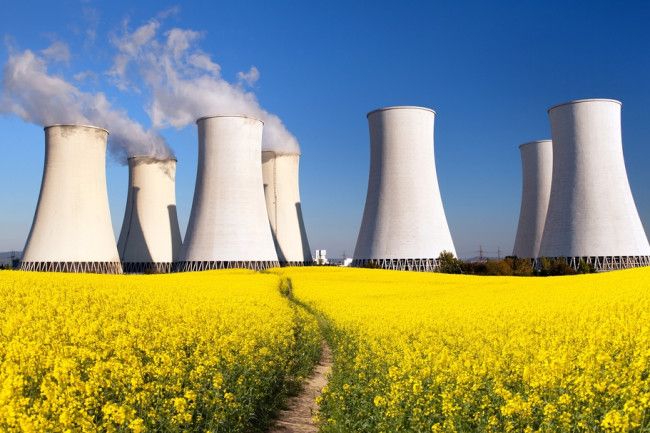
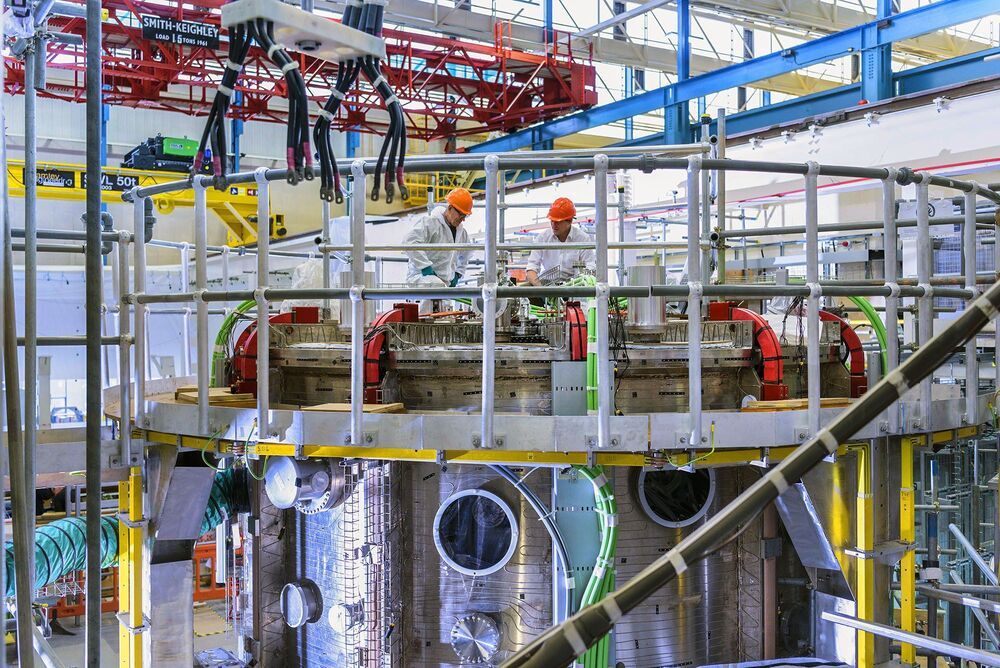

The UK Atomic Energy Authority’s fusion energy experiment — the Mega Amp Spherical Tokamak Upgrade tokamak at Culham Science Centre — has achieved first plasma for the first time. MAST Upgrade will be the forerunner of the UK’s prototype fusion power plant — Spherical Tokamak for Energy Production -…
After a long, seven-year development, an experimental fusion reactor in the UK has been successfully powered on for the time, achieving ‘first plasma’: confirmation that all its components can work together to heat hydrogen gas into the plasma phase of matter.
This transition – achieved last week by a machine called MAST Upgrade in Culham, Oxfordshire – is the fundamental ingredient of a working nuclear fusion reactor, a dream scientists have been trying to realise for decades.
In nuclear fusion, the nuclei of two or more lighter elements fuse into a heavier nucleus, and release energy. This phenomenon is what goes on in the heart of the Sun, and if we can recreate and maintain the same reactions on Earth at sufficient scale, we stand to reap the rewards of clean, virtually limitless, low-carbon energy.
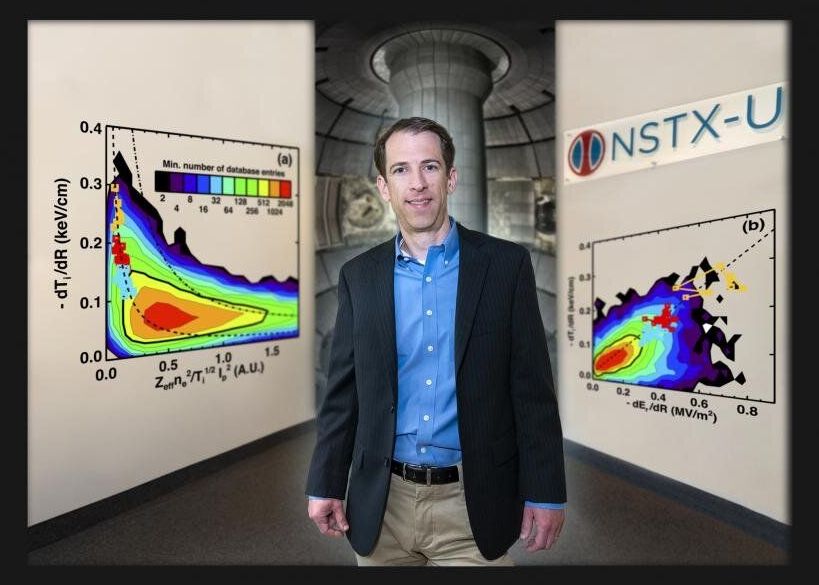
Researchers at the U.S. Department of Energy’s (DOE) Princeton Plasma Physics Laboratory (PPPL) have gained a better understanding of a promising method for improving the confinement of superhot fusion plasma using magnetic fields. Improved plasma confinement could enable a fusion reactor called a spherical tokamak to be built smaller and less expensively, moving the world closer to reproducing on Earth the fusion energy that powers the sun and stars.
The improved confinement is made possible by the so-called enhanced pedestal (EP) H-mode, a variety of the high performance, or H-mode, plasma state that has been observed for decades in tokamaks around the world. When a fusion plasma enters H-mode, it requires less heating to get to the superhot temperatures necessary for fusion reactions.
The new understanding reveals some of the underlying mechanics of EP H-mode, a condition that researchers discovered more than a decade ago. Scientists led by physicists at PPPL have now found that the EP H-mode improves upon H-mode in spherical tokamaks by lowering the density of the plasma edge.
Nuclear fusion is the great hope for generating clean power. Scientists in France have started assembling an enormous international fusion reactor known by the acronym ITER. It has already taken ten years and a global scientific effort to get this far. And now the main construction at the huge complex in southern France will begin, with components sent from all over the world. The idea is to create energy not by splitting atoms like nuclear power stations do now, but by fusing them together.
Subscribe: https://www.youtube.com/user/deutschewelleenglish?sub_confirmation=1
For more news go to: http://www.dw.com/en/
Follow DW on social media:
►Facebook: https://www.facebook.com/deutschewellenews/
►Twitter: https://twitter.com/dwnews
►Instagram: https://www.instagram.com/dw_stories/
Für Videos in deutscher Sprache besuchen Sie: https://www.youtube.com/channel/deutschewelle
#ITER #NuclearFusion #ClimateChange
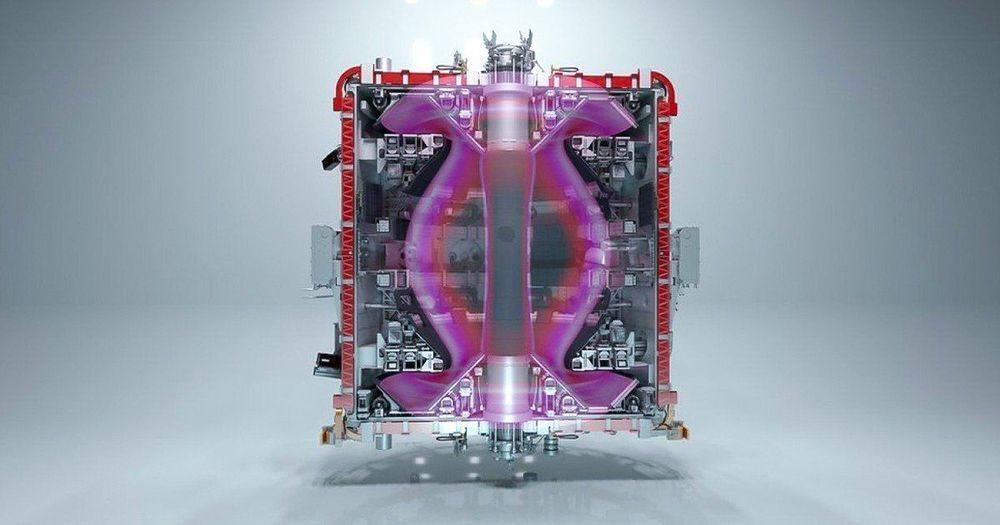
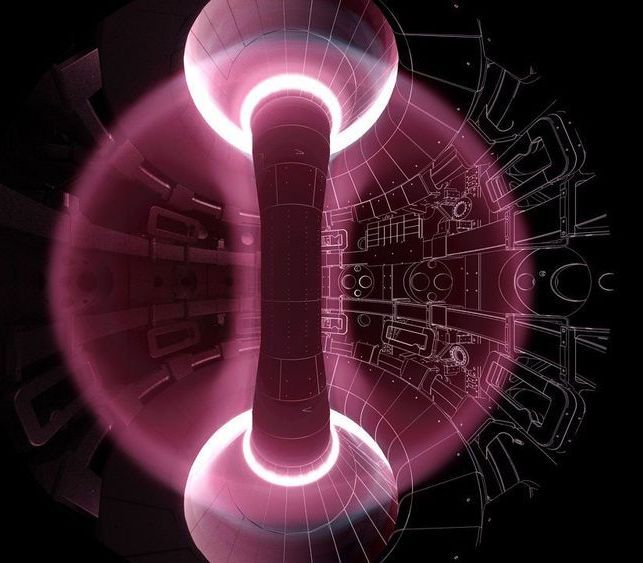
The United Kingdom’s revamped fusion reactor, known as the Mega Amp Spherical Tokamak (MAST) Upgrade, powered up for the first time yesterday after a 7-year build. The £55 million device will be a testbed for technologies critical to all future fusion reactors, and may provide a stepping stone to a new design of energy-producing facility.
Tokamaks are the frontrunners in the decadeslong effort to generate energy by fusing light elements together. These doughnut-shaped vessels contain a superhot ionized gas—or plasma—of hydrogen isotopes that is constrained with powerful magnets and heated by microwaves and particle beams. (ITER, a gigantic tokamak under construction in France, is a major focus of global efforts to realize fusion power.)
MAST is a variation on the standard tokamak; it is shaped more like a cored apple than a doughnut. Researchers believe that shape can confer greater stability in the roiling plasma than a doughnut-shaped tokamak, but it is less well understood than the traditional design. MAST first tested the concept on a large scale starting in 1999 and has now been upgraded with extra heating power, new technology for extracting heat from the plasma, and other improvements. A parallel effort at the Princeton Plasma Physics Laboratory, called the National Spherical Torus Experiment (NSTX), was similarly upgraded. Soon after restarting in 2016, however, NSTX suffered a magnet failure and is now being rebuilt.
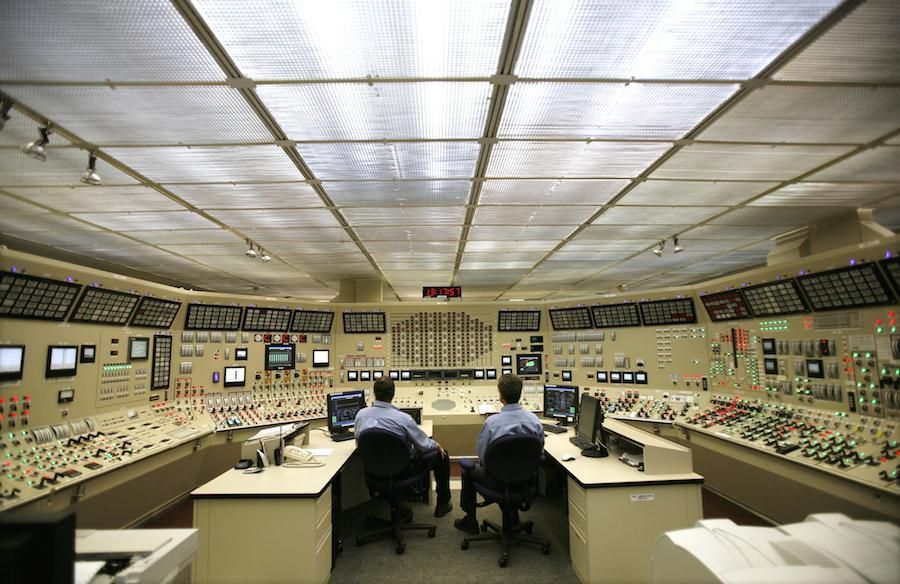
But what about nuclear? Are we at risk of cyber-induced meltdowns or releases of radiation?
No.
Fortunately, while the Russians may be able to disrupt electricity transmission in general, and electricity generation from many power plants like natural gas and wind farms, they can’t hack into nuclear power plant operations. Nuclear plants are still mostly analog and not connected to the Internet.
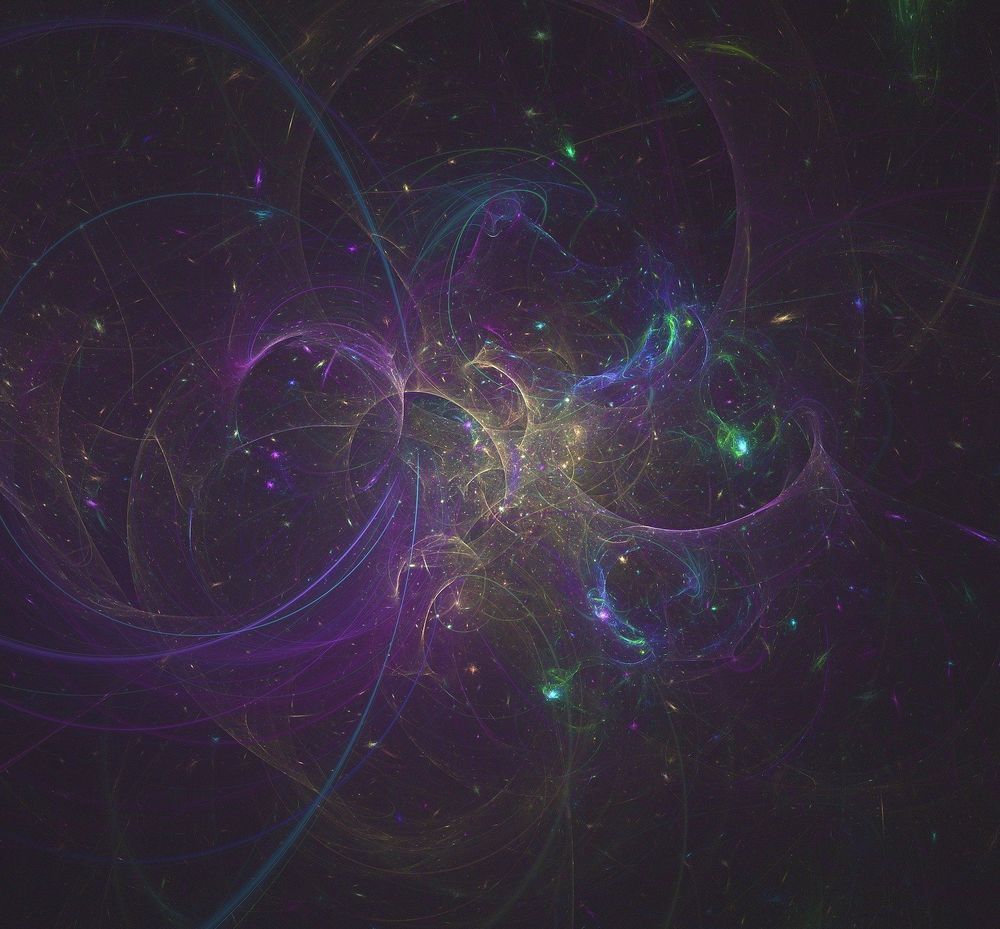
A relatively new method to control nuclear fusion that combines a massive jolt of electricity with strong magnetic fields and a powerful laser beam has achieved its own record output of neutrons—a key standard by which fusion efforts are judged—at Sandia National Laboratories’ Z pulsed power facility, the most powerful producer of X-rays on Earth.
The achievement, from a project called MagLIF, for magnetized liner inertial fusion, was reported in a paper published Oct. 9 in the journal Physical Review Letters.
“The output in neutrons in the past two years increased by more than an order of magnitude,” said Sandia physicist and lead investigator Matt Gomez. “We’re not only pleased that the improvements we implemented led to this increase in output, but that the increase was accurately predicted by theory.”